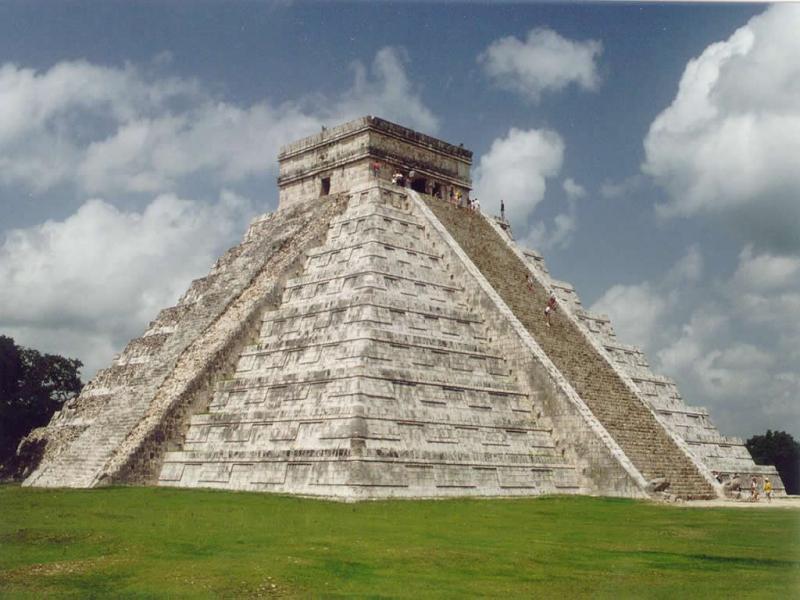Chichén-Itzá, Yucatán, Mexico
Suggest Place to Visit
1081
Track to location with GPS |
 |
Chichén Itzá It was founded around the year 525 AD, during the ´´bajada to the first small descent of the Orient that chronic diseases refer to the Chanes de Bacalar (which were called After Itzá) and later still COCOM.
This idea of the founding of Chichén-Itzá has been debated by the Chanes, there are already authors who in the past attributed it TO THE Xiúes. However, the current prevailed considering the latter as a These foreigners in Yucatán, the invaders that is, those who arrived from the West-unlike the Chan-had arrived from the East, from where their Condition explains the tenacity of these adversaries Itzá Descendants of the Chanes, and later, of the Cocom.
The Chanos, having established the Capital of their government in Chichén Itzá, at the time indicated, from Bacalar, continued their journey from east to west in the Yucatan peninsula, at the end of which they would also found other important cities such as Ek Balam, Izamal, Motul , and T-ho, La Mérida, Yucatán and Champotón (Chan Petén: La Tierra de los Chanes), according to historian Juan Francisco Molina Solís.
Already towards the end of the Late Miocene classical period (600-900 AD) in the 9th century), Chichén became one of the most important political centers of the Mayab lowlands. By the beginning of the post-classic period (from 900 to 1500), the city had established itself as the main center of power in the Yucatan peninsula.
located in the municipality of Tinum, in the state of Yucatán. And rename an important vestige of the Mayan civilization, the main buildings that remain there They correspond to the time of the decline of the Mayan culture itself, called by archaeologists as the post-classic period.
The imposing heritage of the Itza goes beyond the Main Esplanade, the Observatory, the Sacred Cenote, the Ball Court and the Temple of the Thousand Columns.
This archaeological zone is home to the most imposing work of all: the Kukulkan Pyramid, where twice a year, during the spring and autumn equinoxes, on March 21 and September 22, respectively, a magical play of light and shadow creates the appearance of a serpent gradually descending one of the pyramid stairs to complete the iconic feathered serpent. The reverse occurs at sunset on December 20-22.
Comments
We don´t have yet any comments about:
Chichèn-itzà Archaeological Zone
Chichèn-itzà Archaeological Zone
Be the first to leave a comment as it is very important to inform other people
Outros locais a visitar
Within a radius of 20 km from:Chichèn-itzà Archaeological Zone
Unfortunately we do not have information on other places to visit in this area yet
Hotel reservation near Chichèn-itzà Archaeological Zone within a radius of 20 km
Why to book with
The best prices
Our partnerships with the world´s largest operators offer research on the best market prices.
More options
At Rotas Turisticos you can book the hotel, buy the air ticket, book the transfer from the airport to the hotel and vice versa, book the local excursions, rent the car, take travel insurance and consult the places to visit and where to go.
Holiday Tips & Destinations
Hundreds of holiday destinations with all the options that allow you to easily choose the destination that best suits your dream vacation.
Links






